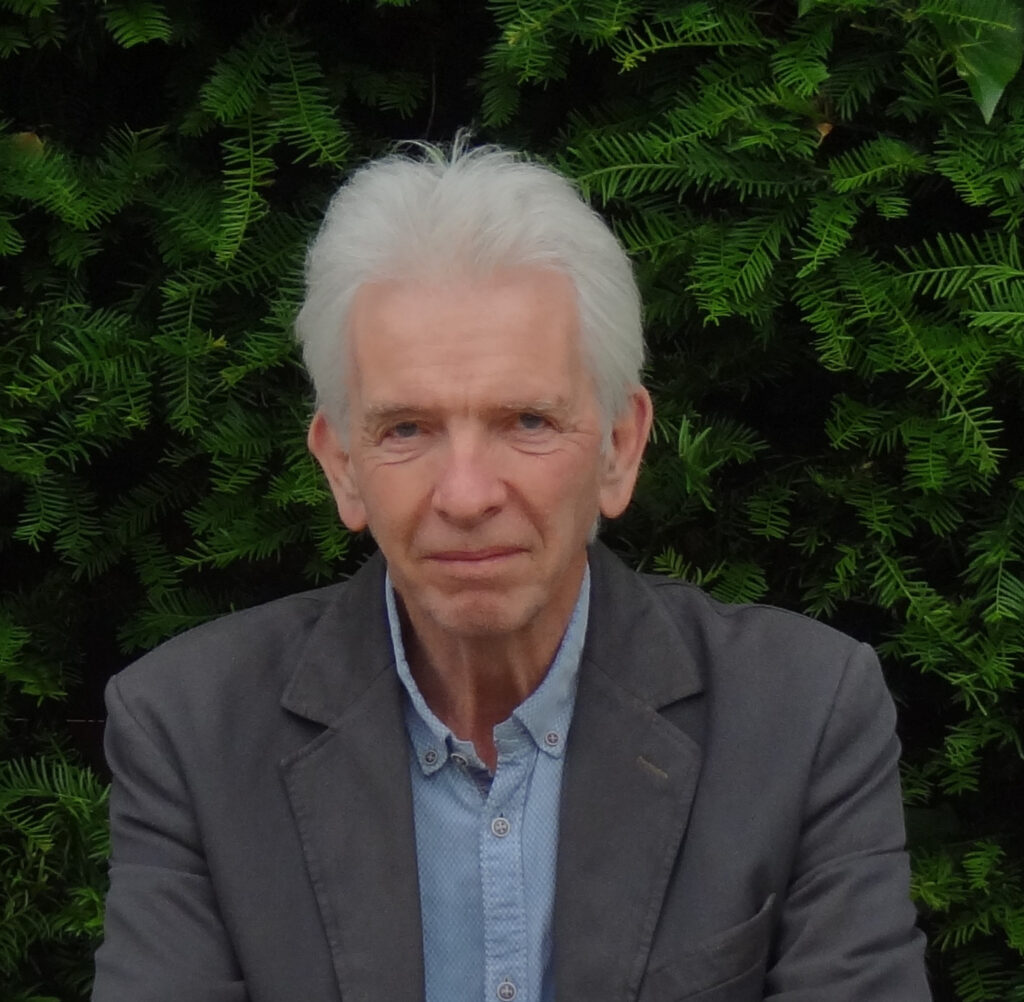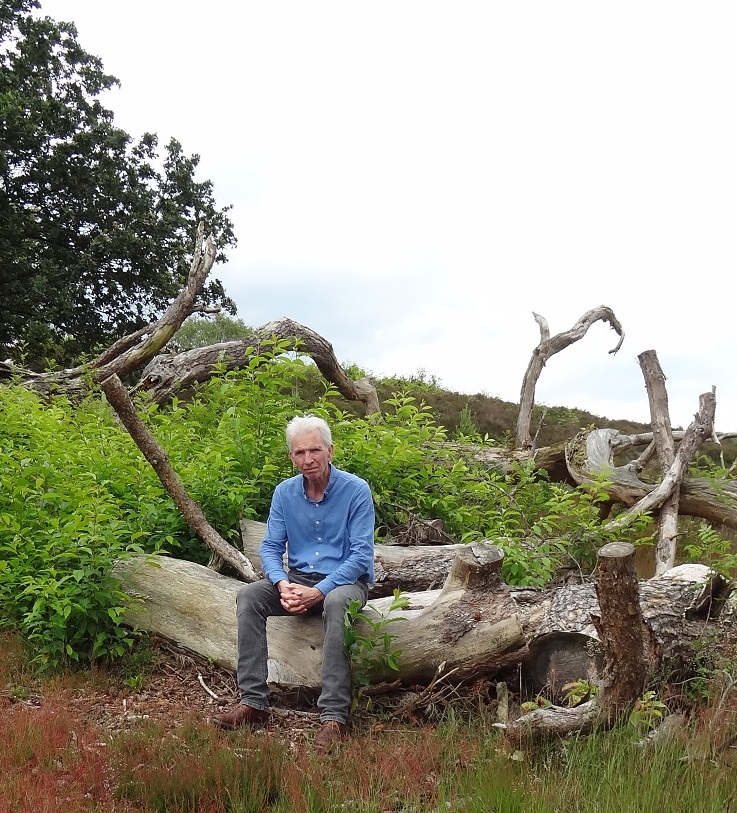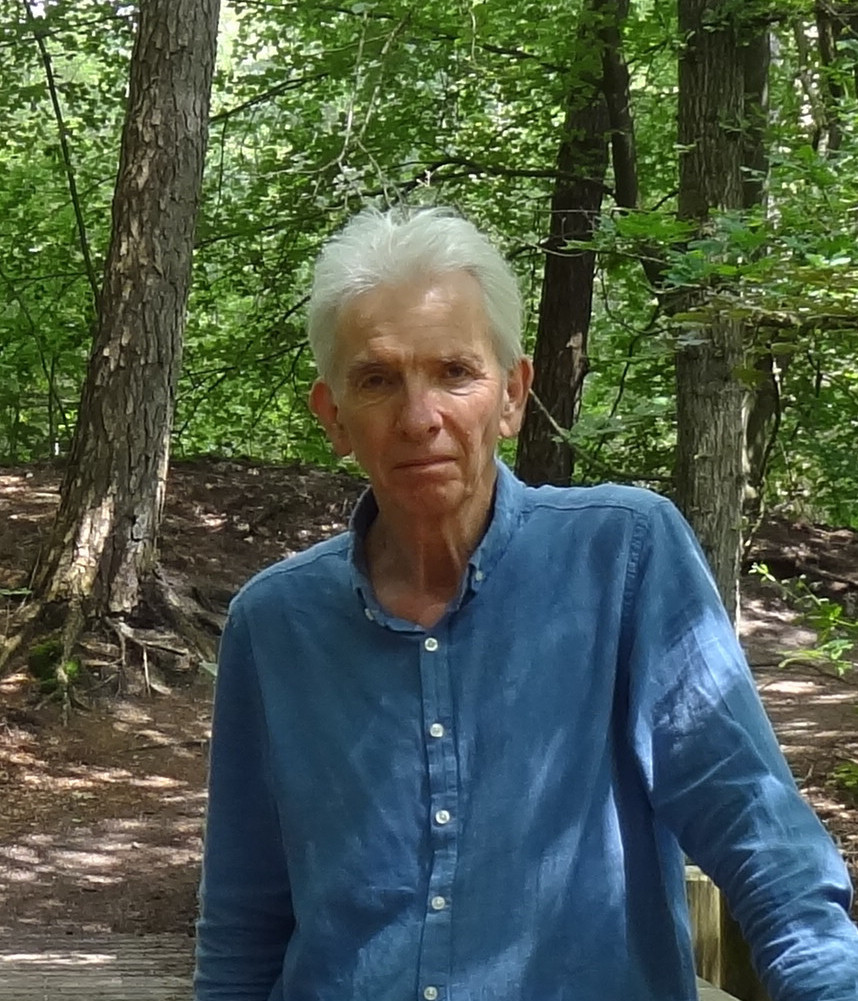About



Lowell Dykstra was born in Exeter, Ontario Canada. In 1959 the family moved from Hamilton to the Netherlands.
After Secondary School, he attended the Leeuwarden Music Academy where he studied the guitar with Guido Topper.
In 1979 he received his diploma and from that time on he had a job as a guitar teacher for almost 17 years. During this teaching carreer he started composing in the modern classical idiom. Until then, the only composing activity had been educational material and popsong writing.
He took up composition lessons with Willem Frederik Bon at the ‘Conservatorium van Groningen’. After Bon’s untimely death, he pursued his composition training with Tristan Keuris at the ‘Conservatorium van Utrecht’ with whom he graduated in 1990 by receiving the Prize for Composition. Many commissions have followed since then.
He has been selected twice (1988 and 1992) for the annual “Project Young Composers” organised by “Het Nederlands Balletorkest” for ‘Alternation’ (orchestra) and ‘Fantasia’ (24 wind instruments).
He was also a guest lecturer in composition at the ‘Fontys Consevatorium in Tlburg’ for a year.
His works have been performed by various ensembles and individual musicians. They are, among others:
Het Nederlands Ballet Orkest • Het Noord Nederlands Orkest • Het Noord- Hollands Philharmonisch orkest • Het Nederlands Kamerkoor • Studium Chorale • Het Nederlands Studenten Kamerkoor • Jeugd Orkest Nederland • Het VU-Kamer Orkest • baritone Maarten Koningsberger • soprano Irene Maessen • violin/piano duo Tjeerd Top & Mariken Zandvliet • Duo Bilitis (Ekaterina Levental and Eva Tebbe)• Soli Brass • Vocal Ensemble Cantatrix• Hollands Vocaal Ensemble • René Berman • Duo Beumer & van Ham • The Bron Saxophone Quartet • Izhar Elias & Channa Malkin • Saxophonist Wildy Zumwalt
Most of his compositions are published by DONEMUS Amsterdam
Sources of inspiration
“My music, and certainly that of the last couple of years, focusses on melody and harmony, both instrumental and vocal. The element harmony serves me as a pivotal vehicle out of which I build my melodies. My song cycle “Lyrics of life” for soprano and guitar and “De tuin van Epicurus” for flute, oboe, violin, bassoon and harp are representative examples when it comes to this matter. Harmony, when accurately designed, with clear rhythm creates direction and therefore comprehensible to follow as a listener which I find most important. I also tend to write more polyfonically lately.
My musical inspiration comes from all sorts of music, mainly from the classical composers Bach, Beethoven, Stravinsky, Sibelius and Honegger. And then of course, there is so much fine music and great masterpieces by other composers.
The Renaissance period has my interest as well. From the Romantic period it is Brahms and Elgar who I deeply admire. Music is all in the air, you just pick whatever suits you best for your needs. Regarding this, “Eldorado” from the song cycle “Lyrics of life” may very well have been sung in a saloon in mid-20th century America. With the exception of the short instrumental bridges, that is. Other inspiration comes from (English) poetry and paintings.
For me, traditional folk music ( I am not a keen listener) is confined to Flamenco and music from South America but occasionally when I happen to hear it, music from Ireland can stir me as well. I don’t favour folk music from the Balkan.
When I am out, walking over fields and heather and through woodlands in the area where I live (which I do every day) inspiration may come as well.”